Hey Thanks for dropping in .Here i would take you through the steps to craft your perfect brand postitioning statement.This is perhaps the most vital part of your brand strategy.we see lot of great examples of brand positioning statements in our daily life.Like the famous one shown below
To Cultured Millenials,starbucks is a premium coffee house that adds an intimate and valuable experience to a consumer’s life style by integrating caffeine with a comfortable environment
Don’t you want to learn how to craft a positioning statement like this, dokeep reading.
I will take you through the basics of what a positioning statement is, then the questions you need to answer to make your positioning statement & finally nail it with the template & some examples
Now lets get it started
What is a Positioning Statement?
A positioning statement is vital part of your brand postioning .It is an internal tool and forms the life line that describes how your product / brand fill the need for your target audience in a way that is different from your competitors.
The positioning statement is a brief description of your target market as well as a complete picture of how you want that market to perceive your brand. Every marketing and product decision you make regarding your brand need to be aligned with and support your positioning statement. A good positioning statement helps to maintain focus on the brand and its value proposition while the daily focus will be on market strategy and tactics
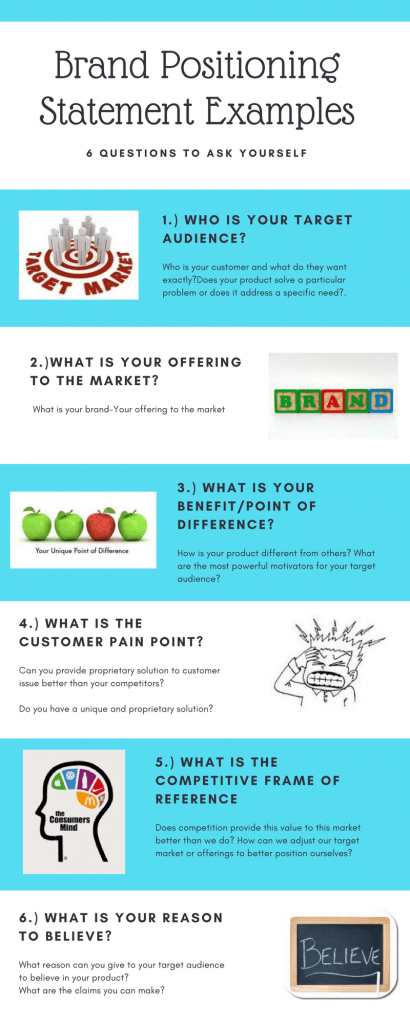
Brand positioning statement:-6 Questions to ask
- Who is your Target Audience?

In defining target audience look at two elements: attitude and demographics. If you appeal to everyone, your product or service would be too generic.
Who is your customer and what do they want exactly? Are they urban professionals, or, are they retired somewhere in some part of country?
Does your product solve a particular problem or does it address a specific need?
Target audience is the group of people to whom you want to appeal. You have to identify with both what they want and what they are looking for in a product like the one you are offering.
Examples: Men ages 24 -35; Park Rangers; Upper-Middle Class Expectant Mothers
2.What is your offering to the market:Your Brand?
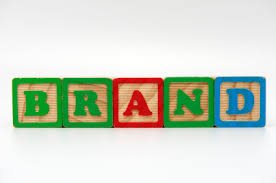
According to the American Marketing Association, a brand is “a name, term, design, symbol, or any other feature that identifies good or service of one seller from those of other sellers.
Through good advertising, a brand will actually unconsciously shape your customer’s associations, experiences, feelings, attitudes, and perceptions.
Creating a brand essence is essential to establishing this kind of emotional connection. A brand essence often tells or implies a story or a history behind it. Think about Walt Disney and his themes of fantasy, magic and family. Nike is also a brand of inspiration with its quotes such as, “They can’t stop what they can’t catch” or “only they who can see can do the impossible.”
- What is your Benefit/Point of Difference?
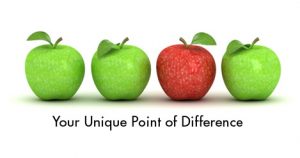
Your point of difference is sometimes called a brand strategy. A point of difference isn’t fancy words or empty promises; it is about the ability to deliver on what you say.
To establish your point of difference, first find out how your product or service compares with similar products in the market. More importantly, how is your product different from others? What are the most powerful motivators for your target audience? The selling points of your product should be something your target audience can immediately understand, such as “50% more than the other brands” or “provides better coverage”. You need to think how you can redefine the category in which you are competing.
- What is the customer Pain Point?
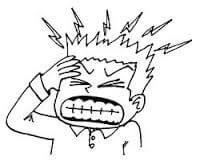
Another way to differentiate your product is to find a pain point.
If you have a remedy to a customer problem, then describe how you can do that more effectively than your competitors. Do you have a unique and proprietary solution? If so, the better your product or service is at solving the problem, the more valuable it is likely to be perceived.
- What is the Competitive Frame of Reference?
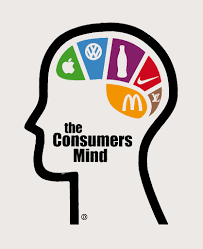
Basically, this is the category in which your brand competes, such as laptops, television.
Does competition provide this value to this market better than we do? How can we adjust our target market or offerings to better position ourselves?
Sometimes, however, the market in which you compete is not so clear, for example when your product is competing in less obvious or multiple markets. In the latter case, you have to create points of difference for each market.
- What is your Reason to Believe?

Once you establish your point of difference, then you have to give your target audience a reason to believe in your product
What are the claims you can make? List your technical benefits: faster, clearer, or stronger than your competitors. Appeal to the emotional side of your product: brighter, better coverage. Whatever your claim, show your chain of evidence to support it. This seals the link between your product and its benefit in the hearts and minds of your audience. And remember, if they believe it, they will talk about it.
Example:
- We eliminate overhead by selling online.
- We can match any other price you find online
Positioning Statement Template
Here’s a basic template for writing a positioning statement:
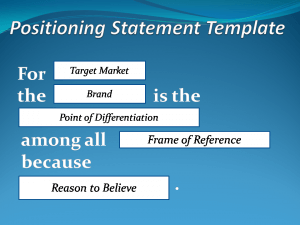
For [Target Market], the [Brand] is the [Point of Differentiation] among all [Frame of Reference] because [Reason to Believe].
- The point of differentiation (POD) describes how your brand benefits customers in ways that set you apart from your competitors.
- The frame of reference (FOR) is the segment or category in which your company competes.
- The reason to believe is just what it says. This is a statement provides compelling evidence and reasons why customers can have confidence in your differentiation claims.
For positioning statement to be effective, it must contain the five main components in brackets above. Sometimes, a positioning statement will contain a point of parity, when it is critical to a product’s positioning.
Importantly, your point of differentiation, frame of reference, and reason to believe must be meaningful, important, and convincing to your customers.
Brand Positioning Statement Examples
lets look at some good positioning statement examples
The following positioning statement example was used by Amazon.com in 2001, when it sold books almost exclusively:
For World Wide Web users who enjoy books, Amazon.com is a retail bookseller that provides instant access to over 1.1 million books. Unlike traditional book retailers, Amazon.com provides a combination of extraordinary convenience, low prices, and comprehensive selection.
For women concerned about perspiration wetness, Secret is the one brand of antiperspirant that is strong enough for a man but gentle enough for a woman
For adults concerned about oral hygiene, Listerine is the one brand of mouthwash that not only stops bad breath but also helps prevent gum disease.
For adult cold suffers, Nyquil is the one brand of cold remedy that effectively prevents cold symptoms at night so one can sleep.
For financially constrained college intenders, PNC is the only university in NW IN that provides both a prestigious, marketable degree and a more authentic, “real college” experience.
